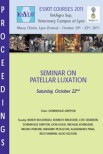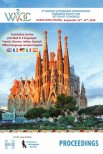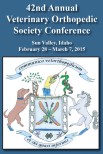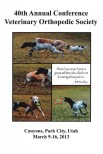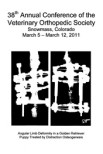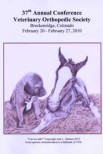There are no published data on racetrack configuration or the surface conditions of racing in New Zealand. Data on the physical shape and dimensions of racetracks were obtained from Google Earth and an online database (www.nzracing.co.nz). An electronic extract of all race records (horse and track condition details) covering the 7-year period from 2005/2006 to 2011/2012 were obtained from New Zealand Thoroughbred Racing Inc. Track data were examined in relation with the following categories: oval track, egg shaped, and other. Track condition data were described as official penetrometer or going data. Physical descriptions were obtained of the 49 official racetracks used in the 2011/2012 season. There were 27 oval-shaped, 16 egg-shaped, and five other-shaped tracks with most racing occurring in a counter clockwise direction (39 of 49). The median racetrack circumference was 1,800 m (interquartlie range, 1,600–1,800 m). There was no significant effect of track shape on the physical dimensions of the turns (home straight or back straight turn) or of the estimated centrifugal force. There were few fast tracks (penetrometer, 2.0–2.5) reported (8 of 1,093 races) and an even distribution of races among good (393 of 1,093), dead (204 of 1,093), slow (261 of 1,093), and heavy (227 of 1,093) tracks. Tracks were significantly heavier in winter (P = .001). Change in going during a race meeting was limited, with a median of one-point change (interquartlie range, 1–2) on the going scale. The consistency of the racing direction, track circumferences, and turn dimensions in association with a consistent pattern of track going during a season implies a relatively consistent racing surface is available for horse racing in New Zealand.
Profile and Surface Conditions of New Zealand Thoroughbred Racetracks
Date
September 2014
Journal
The Veterinary Journal
Volume
34
Number
9
Pages
1105-1109
